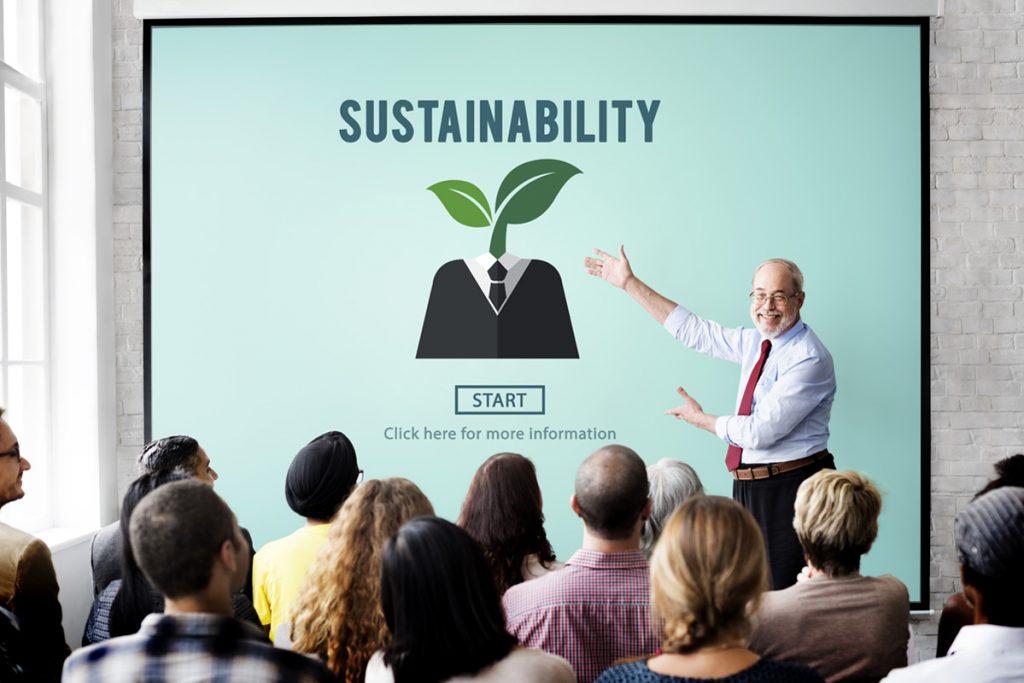With the global discussion about environmental awareness, many businesses today recognize that climate change is a widespread issue that requires immediate solutions. Even customers themselves are setting high expectations for businesses to adopt eco-friendly practices in their processes, services, and products. This drives many business leaders to discover sustainable and eco-friendly projects and technologies to operate in an eco-friendly manner.
Eco-friendly practices in businesses regularly promote sustainability. In turn, going green provided better returns by helping streamline operations, saving more money and resources, and showing customers they’re forward-thinking and responsible. While everyone is looking for alternative processes, many overlook the role of technology to reduce carbon footprints.
For instance, manufacturing companies are now promoting eco-fr0iendly advocacy to use high-tech processes to provide valuable, reliable, and cost-effective products and services. Turbine and compressor oil additives are a great example of oil treatment solutions to eliminate oil waste and unnecessary expenses. This is beneficial in industrial facilities to reduce carbon emissions and extend the life of their oil resources.
To know more about the high-tech ways to ‘green’ your business, we listed down three basic examples of how recent innovations can help businesses to be more eco-friendly without affecting their operability. Consider these green suggestions to make your business more sustainable.
Remote work tools

According to the Environmental Protection Agency (EPA), a typical passenger vehicle releases 4.6 metric tons of carbon dioxide every year. Since most employees are driving their own cars to work, imagine the amount of pollutants they contribute to the atmosphere! While public transportation, electric cars, and ride-sharing are great ways to reduce greenhouse gas emissions, not everyone can readily access them.
Instead of commuting every day, working remotely is an efficient way to reduce emissions and energy use. As the COVID-19 pandemic forced many businesses to migrate their workspaces over the Internet, traveling and energy usage are reduced to a minimum. Instead of face-to-face meetings, collaborative technologies and mobile applications help companies resume their operations in the virtual landscape.
Collaborative programs such as Microsoft Office 365 and G Suite make it easier to create and share files among employees working in different locations. Since files are saved in cloud storage, such as OneDrive or Google Drive, employees can continue their current progress wherever they are.
While remote working has reduced physical interactions, communication tools such as Zoom and Skype allowed real-time conversations over the Internet. Aside from messaging, these tools come with unique features where employees can share files, host webinars, and meet via video chat.
Renewable energy

At first glance, computers and other office equipment may not appear like they’re contributing to pollution since they don’t rely on fossil fuels. Although tech tools don’t emit exhaust fumes, they still have an environmental impact.
Solar energy is a sustainable alternative for businesses that want to reduce their energy usage and utility costs. Unfortunately, not everyone is willing to switch to solar-powered technology since many assume they’re very expensive and don’t pay in value for several years. In reality, solar panels have become more affordable and a great investment that offers bigger returns in terms of energy costs.
Having a solar panel system can help businesses reduce environmental impact and operational costs. According to a study by Energy Sage, an average commercial property owner pays $557 in electricity bills monthly. After using solar panels, their electricity bills drop by 89%.
Solar panels may be expensive at first, but they’re effective in reducing energy expenses in the long run. When considering an energy-saving feature for your business, evaluate the cost first and how it affects your break-even point.
Digital storefront

The rise of e-commerce platforms has given customers the ability to shop for products and services without leaving their homes. In fact, selling online has plenty of eco-friendly benefits not only for business but also for customers. It potentially reduces ecological impact by eliminating product packaging, printing, and transportation costs. A digital storefront can potentially reduce costs and impact by 100% in terms of gas, water, and electricity usage.
Your website and social media platforms will serve as the new storefront, where customers can easily come and go. This is a great opportunity to grab on since people these days prioritize convenience by shopping online. If your business can’t go fully virtual, you can step up your customer support service by going online.
Being conscious of your ecological impact doesn’t mean you should spend a lot. Following eco-friendly practices doesn’t have to be expensive; all it takes is a little creativity to know which resources help reduce environmental impact. In this case, technology is a great eco-friendly solution to help businesses fully embrace sustainability.
